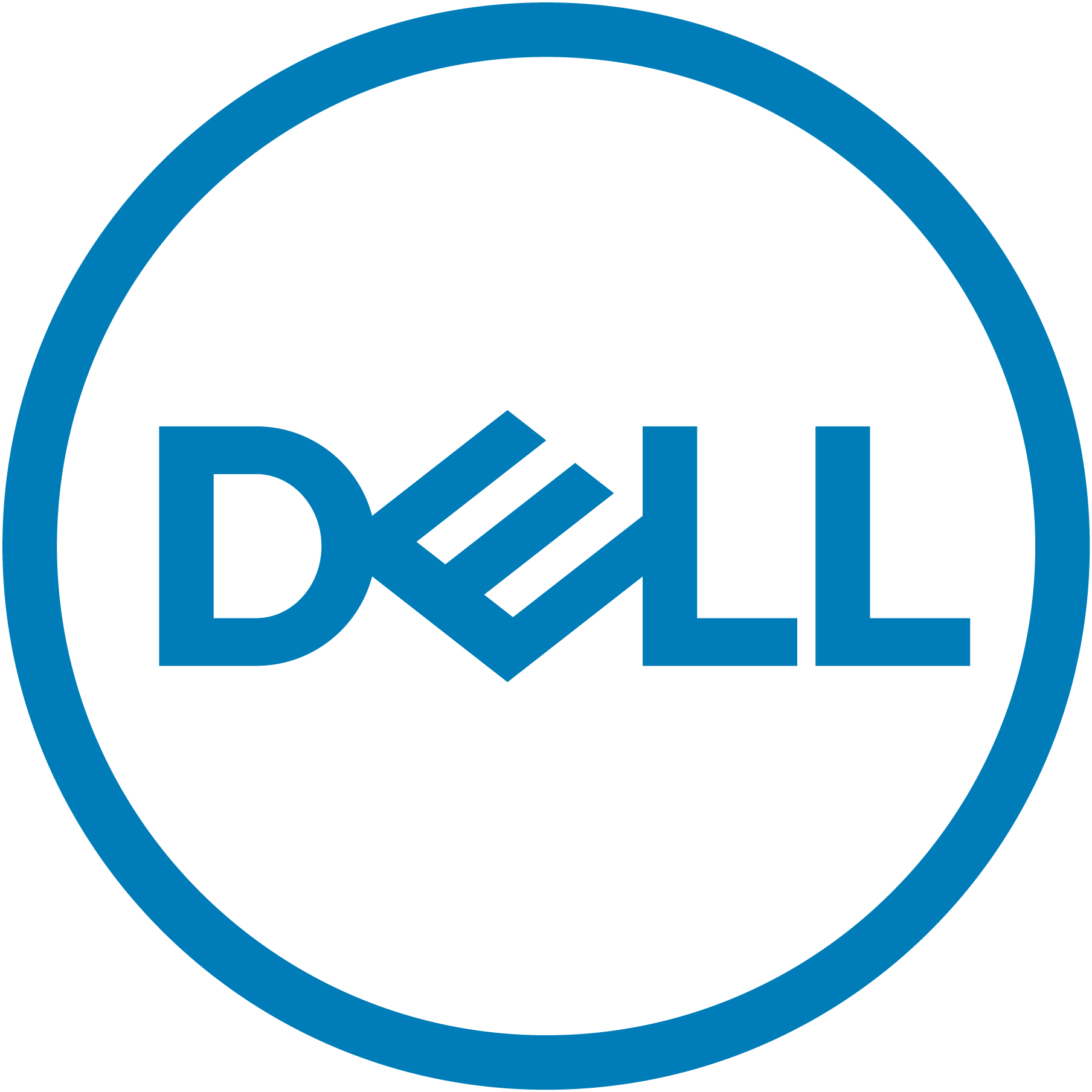Using Open Data to Address the World’s Mobility Challenges
Dell and its partners research the potential of using open mobility data to drive positive social and environmental outcomes.

More than 54 percent of the world’s population lives in cities, according to the United Nations. That figure is on track to rise to 66 percent of the world’s projected 9.8 billion people in 2050. Urban planners, transportation agencies and other transportation operators around the world must plan how they will move even more people in and out of already-congested urban centers. They must also figure out how to do so while minimizing carbon emissions and pollution, preserving their city’s livability, and enhancing residents’ quality of life.
The keys to developing smarter transportation infrastructure lie not only in the physical world of roads, rail and bridges, but also in the invisible world of data — specifically, open mobility data, which is the aggregated data that transit agencies make publicly available. This data tracks stoplight timing, traffic patterns and transit routes, and can be used by everyone from transportation officials looking to redesign routes to software companies developing new navigation applications.
In FY18, Dell partnered with Forum for the Future, Lero, OpenDataSoft and the City of Palo Alto’s Office of Sustainability to study how the use of open mobility data drives positive social and environmental outcomes. This was part of Dell’s ongoing work to measure Net Positive solutions, which give more back to society, the environment and the global economy than they take out.
Together we conducted core research into the benefits and challenges of open data initiatives. And we analyzed two cities with mature transportation systems and significant ecosystems of individual and commercial users of open data — New York City and Dublin.
Dell’s research revealed that open data portals are growing in number, breadth, use and value. As of October 2017, there were more than 870 transit data streams in over 500 locations containing 2,275 transit operators. And as of December 2017, 197 apps were using open data from 292 transit agencies worldwide, according to City-Go-Round.
We also found that open mobility data is indeed driving positive social and environmental outcomes, but there are not yet enough results to do an industrywide analysis of cause and effect. We did uncover qualitative insights from transit organizations and entrepreneurs currently using open data effectively in New York and Dublin. For example, the mobile app Citymapper tracks transportation demand data and helps travelers in New York and 38 other cities get to their destinations quickly through route optimization using multiple modes of transit. And Dublinked, a part of the Smart Dublin project, provides access to multiple transportation and infrastructure data sets along with user-generated comments about the data.
Open data portals are already being used to drive some positive social and environmental outcomes, but the connection between the two is not well established. Further, we have often seen that most public organizations do not act beyond the creation of the data set. This led us to shift our study’s focus to understanding the untapped potential of open data, and developing a comprehensive set of recommendations for public organizations that want to use open mobility data to drive positive community outcomes. We uncovered three key recommendations, outlined in our executive summary:
1. Measuring outcomes: Robust data is available, but it is just noise if it is collected without purpose. Transit agencies and data organizations should work with other public organizations to identify indicators that are both relevant for mobility and appropriate for social and environmental outcomes. They can then determine which outcomes they want to measure (such as personal and community health) and which metrics they’ll need to track to do so.
2. Building internal capabilities: If public agencies are going to measure the use of open data in driving outcomes, they’ll need to develop their data analysis and data visualization capabilities. In doing so they can provide quality data across multiple topics, learn to leverage outside data and begin to incorporate outcomes into their decision-making.
3. Driving outcomes through engagement: Organizations will need to work with stakeholders — developers, data scientists, entrepreneurs and community members — to educate them about how to best use a city’s data and then actively work with stakeholders to build solutions that benefit people and the environment.
This story shares one example of how Dell is committed to driving human progress by putting our technology and expertise to work where it can do the most good for people and the planet.

